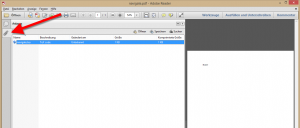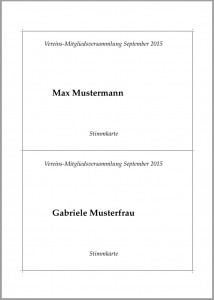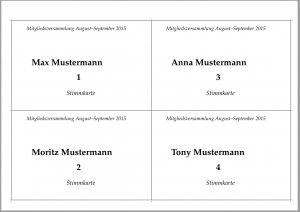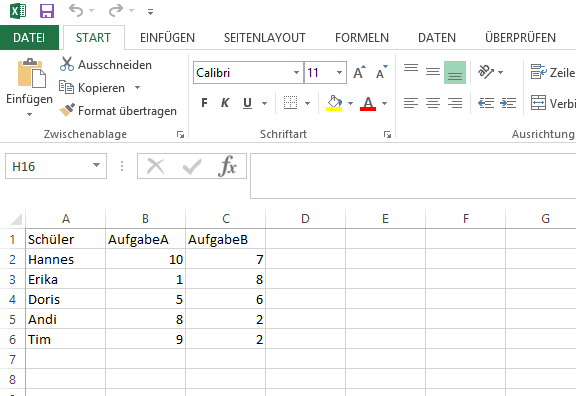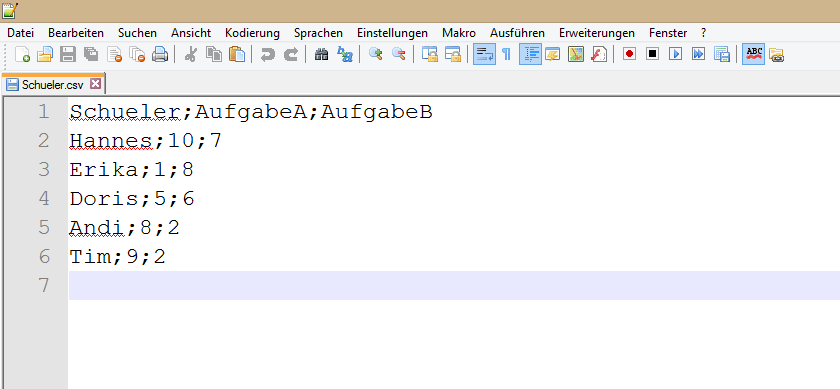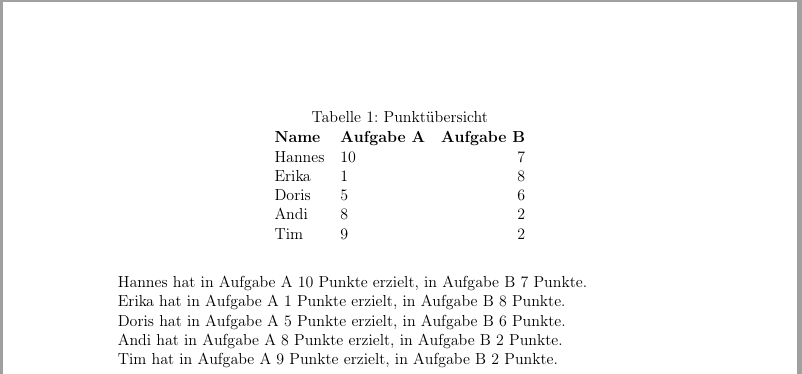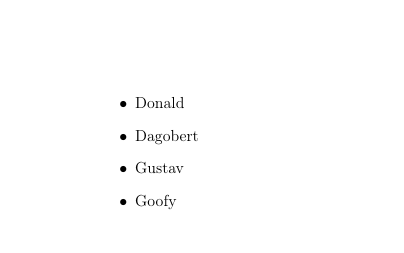Boris Veytsman has recently published a new package to create output documents for multiple audiences in one single file.
The document creation process is divided into two steps: a) create the document and b) create the batch/bash file to automate the document creation.
Find below a sample document (save as ‚multdocument.tex‘) you can use as a starting point. As one can see, three audiences are defined here: „board“, „business“ and „tech“. The „shownto“ environment has one parameter, the comma-separated list of audiences, the content of the section shall be shown to. If the first item is a „-“ instead, the negates the meaning (so {-,board} means „show to every audience except the board). There are also commands for audience-specific footnotes or sections, check the manual for more information.
\begin{shownto}{board}
Some text for the board, for example an executive summary.
\end{shownto}
Remark 2015-08-17: With „tagging“ there is another package, that supports the creation of multiple editions in a single file.
\documentclass[12pt,english]{article}
\usepackage[utf8]{inputenc}
\usepackage[T1]{fontenc}
\usepackage{babel}
\usepackage{multiaudience}
\SetNewAudience{tech}
\SetNewAudience{business}
\SetNewAudience{board}
\begin{document}
This text is shown to everybody as it is outside any `multiaudience' environment
\begin{shownto}{board}
Some text for the board, for example an executive summary.
\end{shownto}
\begin{shownto}{tech,business}
Text for the tech department and the business users, for example a list of business requirements.
\end{shownto}
\begin{shownto}{-, board}
Text for every audience except the board.
\end{shownto}
Some text.\Footnote{board}{Some footnote just for the board}
\begin{Section}{board}[Short title]{Long Title of this Section}
Text in the section just for the board.
\end{Section}
\end{document} |
\documentclass[12pt,english]{article}
\usepackage[utf8]{inputenc}
\usepackage[T1]{fontenc}
\usepackage{babel}
\usepackage{multiaudience}
\SetNewAudience{tech}
\SetNewAudience{business}
\SetNewAudience{board}
\begin{document}
This text is shown to everybody as it is outside any `multiaudience' environment
\begin{shownto}{board}
Some text for the board, for example an executive summary.
\end{shownto}
\begin{shownto}{tech,business}
Text for the tech department and the business users, for example a list of business requirements.
\end{shownto}
\begin{shownto}{-, board}
Text for every audience except the board.
\end{shownto}
Some text.\Footnote{board}{Some footnote just for the board}
\begin{Section}{board}[Short title]{Long Title of this Section}
Text in the section just for the board.
\end{Section}
\end{document}
After we have defined the document with the audiences we want to automate the PDF-creation process in which we tell LaTeX for which audience we want to create the document.
Since LaTeX can take definitions via LaTeX-commandline call, it’s quite easy to create a batch file with one line for each audience:
pdflatex -jobname file-board "\def\CurrentAudience{board}\input{multdocument}"
pdflatex -jobname file-tech "\def\CurrentAudience{tech}\input{multdocument}"
pdflatex -jobname file-business "\def\CurrentAudience{business}\input{multdocument}"
„-jobname“ defines the name of the PDF-file, the „\def{…}“ command sets the current audience. What you get when you run this batch is three different output files with just the information that shall be visible for each audience.
file-board
file-business
file-tech
Uwe Ziegenhagen likes LaTeX and Python, sometimes even combined.
Do you like my content and would like to thank me for it? Consider making a small donation to my local fablab, the Dingfabrik Köln. Details on how to donate can be found here Spenden für die Dingfabrik.
More Posts - Website
